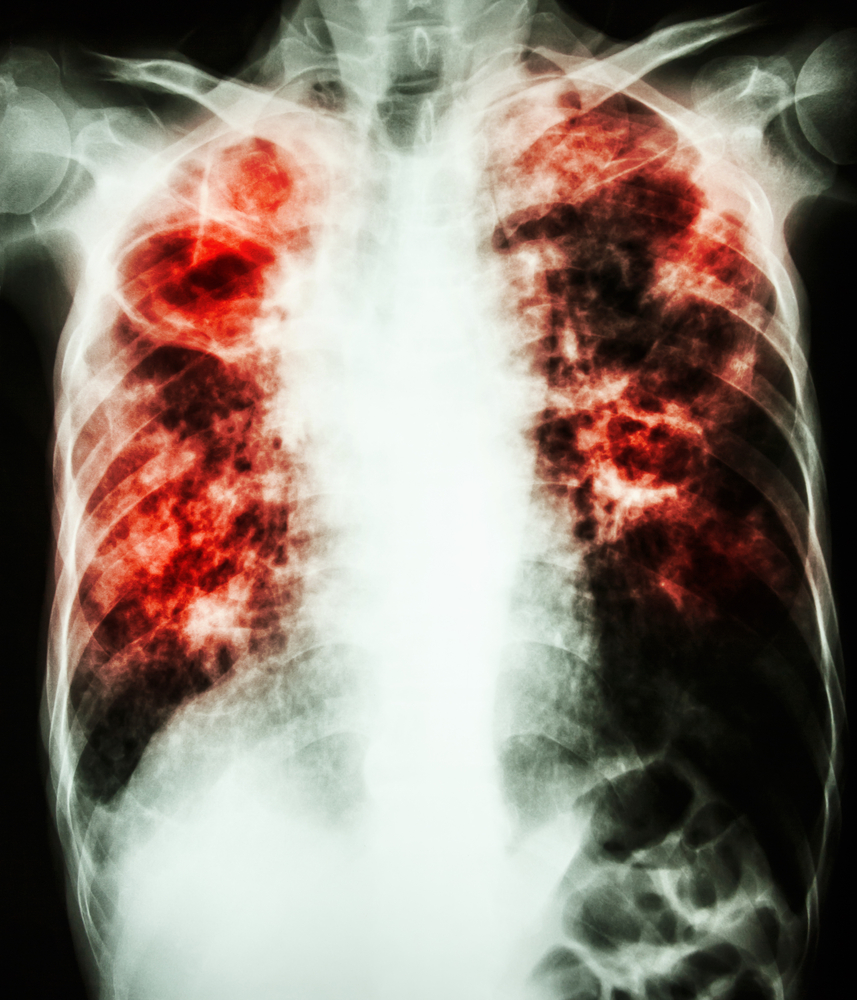Single MicroRNA Associated with Increased Fibrosis in Lungs, Study Shows
Written by |

A single microRNA was found to play a key role in lung fibrosis by regulating several signaling pathways involved in the release of pro-fibrotic signals.
The study, “miR-323a-3p regulates lung fibrosis by targeting multiple profibrotic pathways,” was published in the journal JCI Insight.
MicroRNAs are small regulatory RNA molecules capable of modulating the expression of hundreds of target genes. Hence, deregulation of microRNAs can lead to the development of disorders, including fibrosis. However, while several microRNAs have been identified as playing a role in lung fibrosis, the mechanisms underlying these effects were poorly understood.
A team of researchers hypothesized that altered expression of microRNAs in lung epithelial cells may be associated with aberrant profibrotic signals, thereby contributing to lung fibrosis.
Researchers investigated the expression of microRNAs in samples from patients who underwent lung transplants and who often develop fibrotic airways (bronchiolitis obliterans syndrome, or BOS). When comparing the expression of microRNAs in samples from lung transplant patients with BOS to those without BOS, researchers found 20 microRNAs whose expression was significantly lower in the BOS group. They also found that these 20 microRNAs were predicted to regulate profibrotic-signaling pathways, such as those regulated by Wnt and TGF-beta.
Researchers focused on a particular microRNA, called miR-323a-3p, as it showed an 18-fold decrease in expression in patients with BOS. Scientists found that the levels of this particular microRNA were also impaired in other types of fibrosis; they found a 12.5-fold decrease in miR-323a-3p in the lung epithelium of patients with idiopathic pulmonary fibrosis (IPF), and in lung epithelial cells from mice submitted to bleomycin-induced lung fibrosis. These results supported a consistent miR-323a-3p down-regulation across human and experimental mouse models of lung fibrosis.
To investigate if indeed lower levels of miR-323a-3p played a role in fibrosis, the team developed antagomirs against miR-323a-3p. Antagormis are a class of chemically engineered oligonucleotides that efficiently and specifically block endogenous miRNAs.
Researchers administered the miR-323a-3p antagomir to mice who had been treated with blemomycin (a compound used to induce fibrosis in experimental animal models). They observed that in mice receiving the miR-323a-3p antagomirs, lung fibrosis was increased when compared to control animals. Doing the reverse experiment, by increasing the levels of miR-323a-3p, researchers found it was possible to suppress lung fibrosis in mice after bleomycin treatment.
Overall, these results suggest that this specific microRNA modulates profibrotic signals. In fact, the team found that miR-323a-3p reduced the effect of strong mediators of fibrosis, specifically TGF-alpha and TGF-beta.
The results support a central role for miR-323a-3p in lung fibrosis by modulating the expression of multiple profibrotic signals, suggesting a possible new antifibrotic therapeutic avenue.






